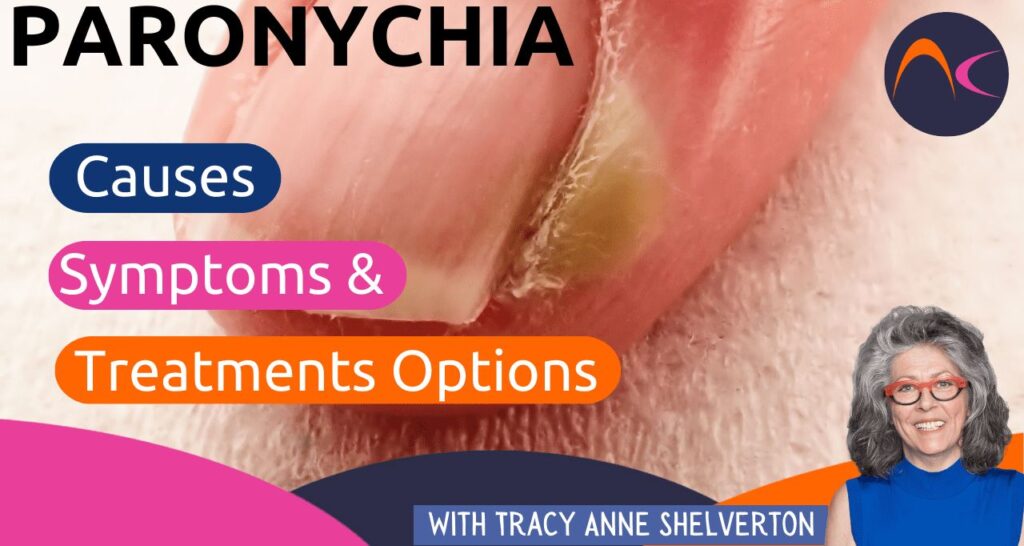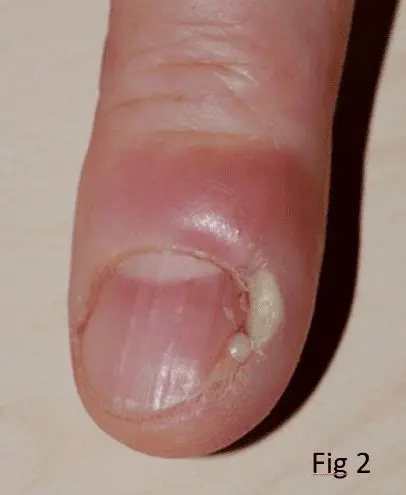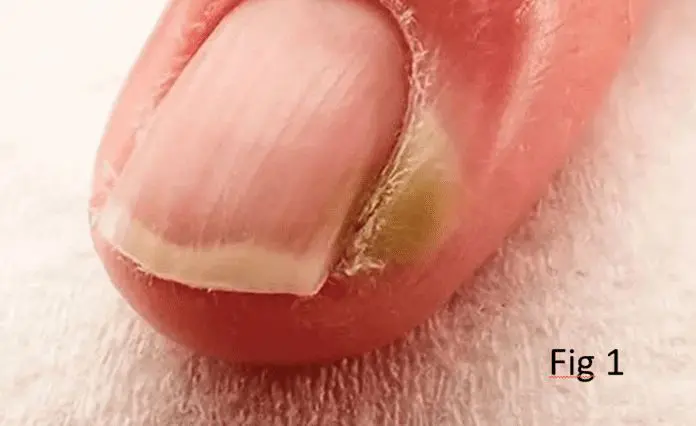Search for answers you are looking for.

Paronychia
9.5k Views
An In-Depth Exploration of the Causes, Symptoms, and Treatment Options
Paronychia is an inflammatory condition that occurs in the skin surrounding the nails and can be extremely painful and unsightly. This condition can be caused by a variety of microorganisms, including bacteria and fungi, which can lead to redness, swelling, pain, and pus. In this blog post, we will delve into the complexities of paronychia, exploring its symptoms, causes, treatment options, and strategies for prevention.
Symptoms of Paronychia
The symptoms of paronychia can vary in intensity depending on the severity of the infection. Typically, the condition is characterized by redness, swelling, pain, and tenderness around the affected nail.
Pus may also develop, and the skin may become warm to the touch. In some cases, the nail may become discoloured or distorted. Such manifestations can be quite perplexing, and it is important to seek medical attention as soon as possible.


Causes of Paronychia
Paronychia can be caused by all kinds of factors, including bacteria, fungi, and other microorganisms.
It can be brought on by trauma to the nail or surrounding skin, such as nail-biting, or through mechanical or efile manicure. Gardeners that don’t wear gloves can suffer from chronic paronychia.
Certain underlying health conditions, including diabetes or immune system disorders, can also increase the risk of developing paronychia. The complexities of this condition are vast, and its causes are multifaceted.
Prevention: Tips for Optimal Nail Health
Fortunately, there are steps that can be taken to prevent paronychia from developing in the first place.
These include:
- practising good nail hygiene
- avoiding nail trauma
- managing underlying health conditions
- keeping nails clean and dry
- avoiding nail-biting and picking
- wearing gloves when handling chemicals or working in & around the home & garden
Maintaining skin health by:
- Washing hands with soap & water
- Maintaining moisture levels in nails & skin with oil & lotion
- a healthy diet
- drink water
- regular exercise (to help boost the immune system)
Dealing with Nail Infections
If you do develop paronychia, there are a variety of strategies that can be employed to cope with the condition.
Take care around people with weakened immune systems and babies, the infection can be contagious.
These include taking over-the-counter pain relievers, avoiding activities that may aggravate the affected area. Washing the affected area with soap and water, drying well, and applying a clear kitchen vinegar solution and chlorhexidine 0.1-0.3% drops if available, can also be effective. It is important to note that soaking can give microorganisms a chance to grow, so it should always be avoided.
Diagnosing Paronychia
If you suspect that you may have paronychia, it is essential to seek a medical professional’s diagnosis. Your doctor will likely perform a physical exam and may order lab tests or imaging studies to confirm the diagnosis. They may also differentiate between acute and chronic paronychia, as the treatment options can vary depending on the severity and duration of the infection.
Treating Paronychia
The treatment of paronychia depends on the underlying cause and severity of the infection.
In some cases, antibiotics or antifungal medications may be prescribed to kill the pathogen causing the infection.
Other steps may also be recommended by your medical practitioner to relieve pain and reduce swelling. In severe cases, especially with clients/patients with weak immune systems, a MD or MP will prescribe antibiotics. The complexities of treating paronychia can be challenging, but with the right medical attention and treatment, recovery is possible without making matters worse.
Managing and Preventing: Tips for Healthy Nails
Paronychia can be a painful and uncomfortable condition, but with proper treatment and prevention strategies, it is possible to manage. Practicing good nail hygiene, avoiding nail trauma, and managing underlying health conditions can all help reduce the risk of developing paronychia. If you do develop the condition, there are treatment options available that can help alleviate your symptoms and promote healing. And if you have any questions or concerns, do not hesitate to talk to your doctor.
Prevention is key when it comes to paronychia
By taking care of your nails and practicing good hygiene, you can help keep this condition at bay. And if you do notice any symptoms of paronychia, do not wait to seek treatment. The sooner you act, the easier it will be to manage the infection and prevent it from becoming more severe.
If you are experiencing symptoms of paronychia or have any concerns about your nail health, be sure to schedule an appointment with your doctor.
They can diagnose the condition and recommend the best course of treatment for your needs. Make a note of what you have already done to alleviate the condition – this will help the medical practitioner in the choices that he or she will make, sometimes the infection will need to be drained to aid recovery, this is a fast but painful procedure.
With the right care and attention, paronychia can be managed effectively, allowing you to enjoy healthy, beautiful nails.
Futher Reading
To prevent further damage to the nail plate and nail folds, it’s important to treat paronychia as soon as possible. You can learn more about nail plate damage in our article on nail plate disorders
